-
-
Services
Reservation Services
VIP Services
-
Business Travel
-
About Iran
History of Kerman
Kerman, located in southeastern Iran, is one of the country’s oldest cities with a history that spans over 2,500 years. Known for its strategic location on ancient trade routes, Kerman has long been a center of commerce, culture, and craftsmanship. The city reflects a rich blend of Persian architectural styles, historic monuments, and traditional urban planning, making it a fascinating destination for history enthusiasts.
Cultural and Historical Attractions
Kerman is home to numerous historical and cultural landmarks. The Ganjali Khan Complex features a grand bathhouse, caravanserai, mosque, and bazaar, showcasing Safavid-era architecture. Visitors can also explore the Shazdeh Garden, a beautiful Persian garden near Mahan, and the Jameh Mosque of Kerman, which highlights traditional Islamic design. The city’s vibrant bazaars, museums, and historic houses offer an authentic glimpse into the region’s cultural heritage.
Natural Beauty and Surroundings
The province of Kerman also offers diverse natural attractions. Travelers can visit the Lut Desert, a UNESCO World Heritage Site known for its dramatic landscapes and sand dunes, or explore Rayen Castle, a well-preserved mud-brick fortress dating back to the Sassanid era. With its combination of history, culture, and stunning nature, Kerman Province provides a unique and unforgettable experience for tourists seeking to explore southeastern Iran.
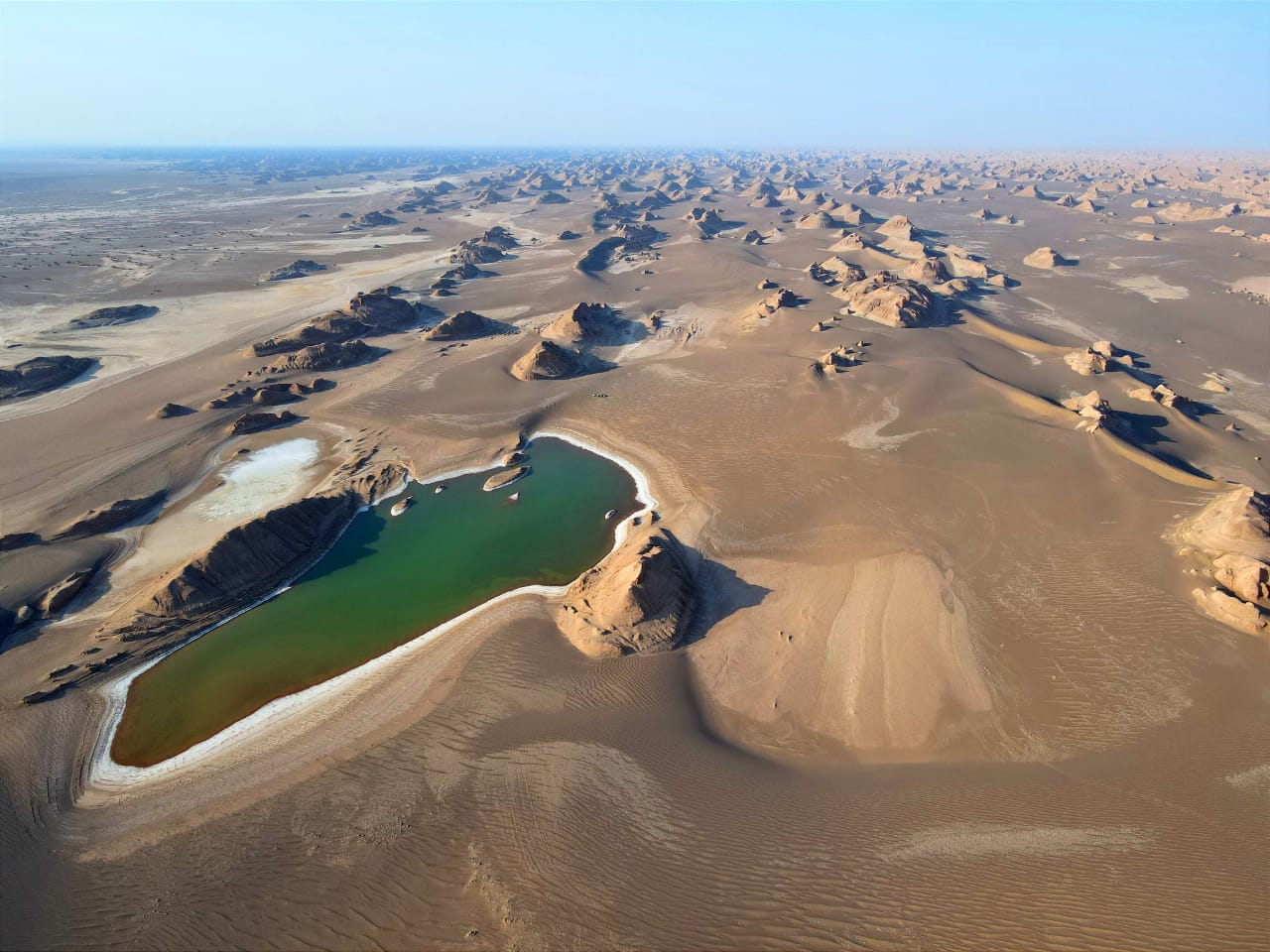
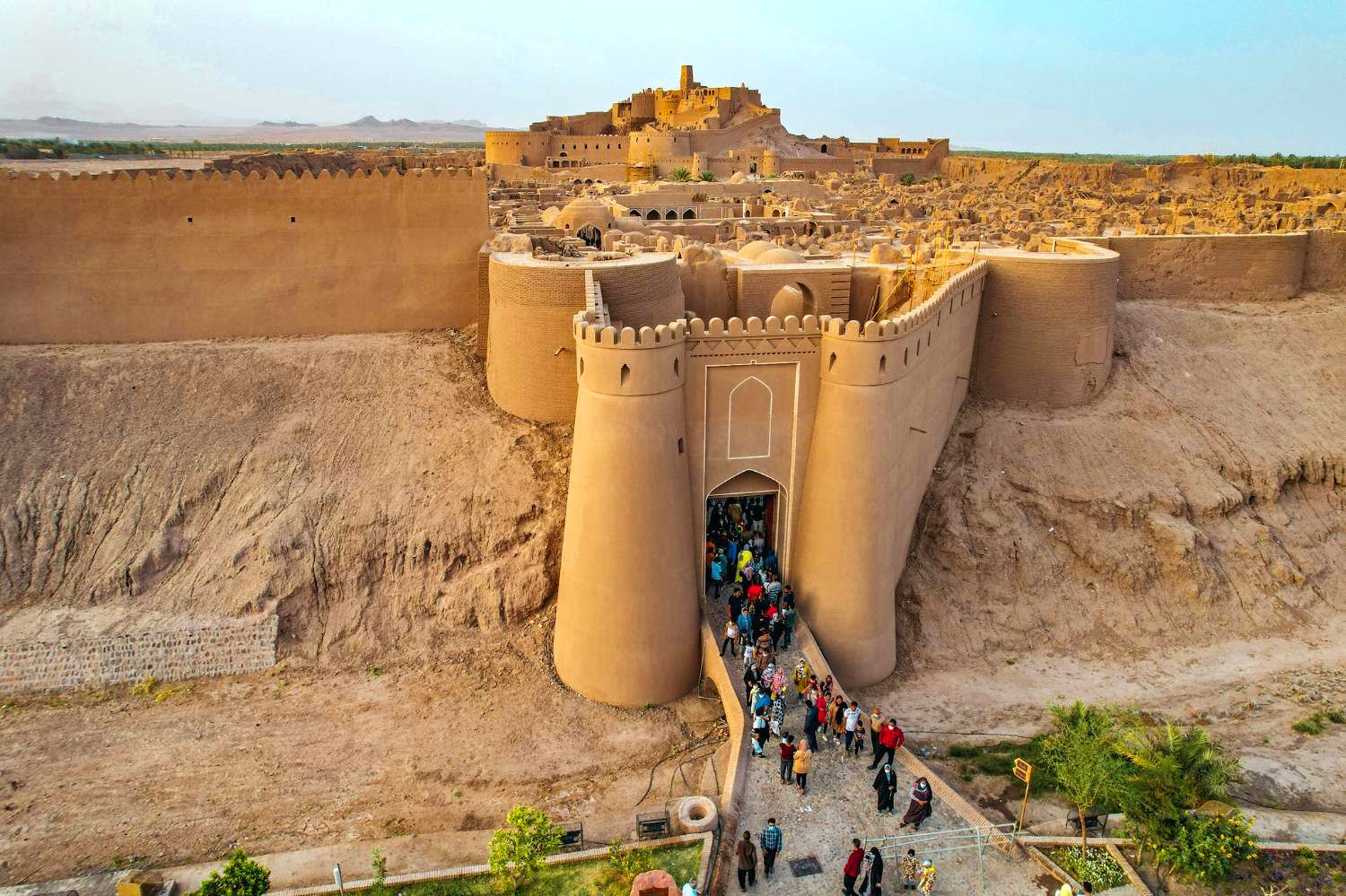
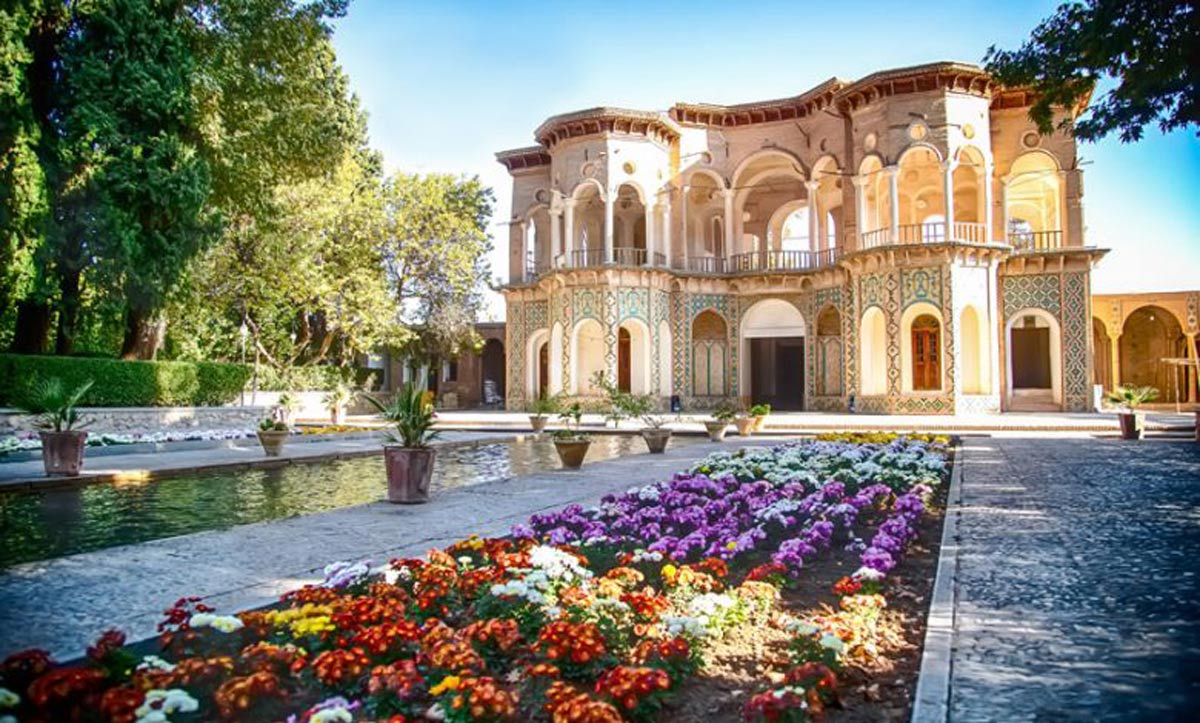
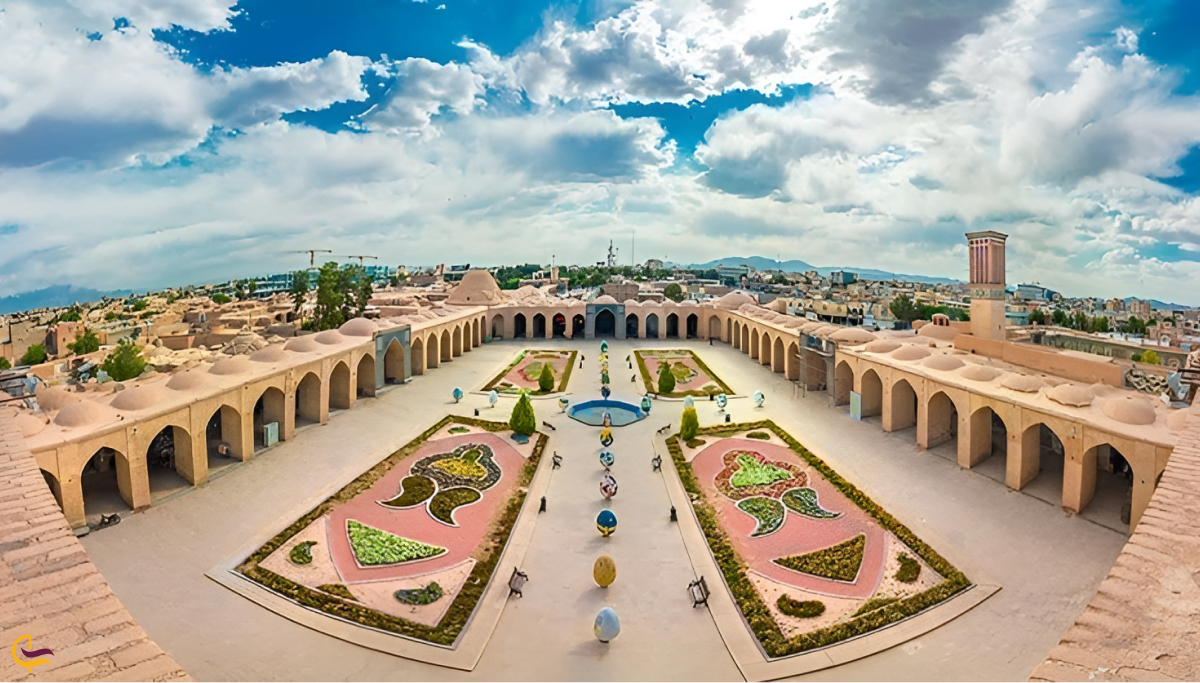
Ganjali Khan Complex, located in the heart of Kerman, is a magnificent example of Safavid-era architecture. The complex includes a caravanserai, bathhouse, mosque, bazaar, and a beautiful square, reflecting the city’s historical role as a major trade and cultural center. Visitors can explore the intricate tile work, traditional Persian design, and vibrant market atmosphere, making it one of Kerman’s most important cultural and historical landmarks.
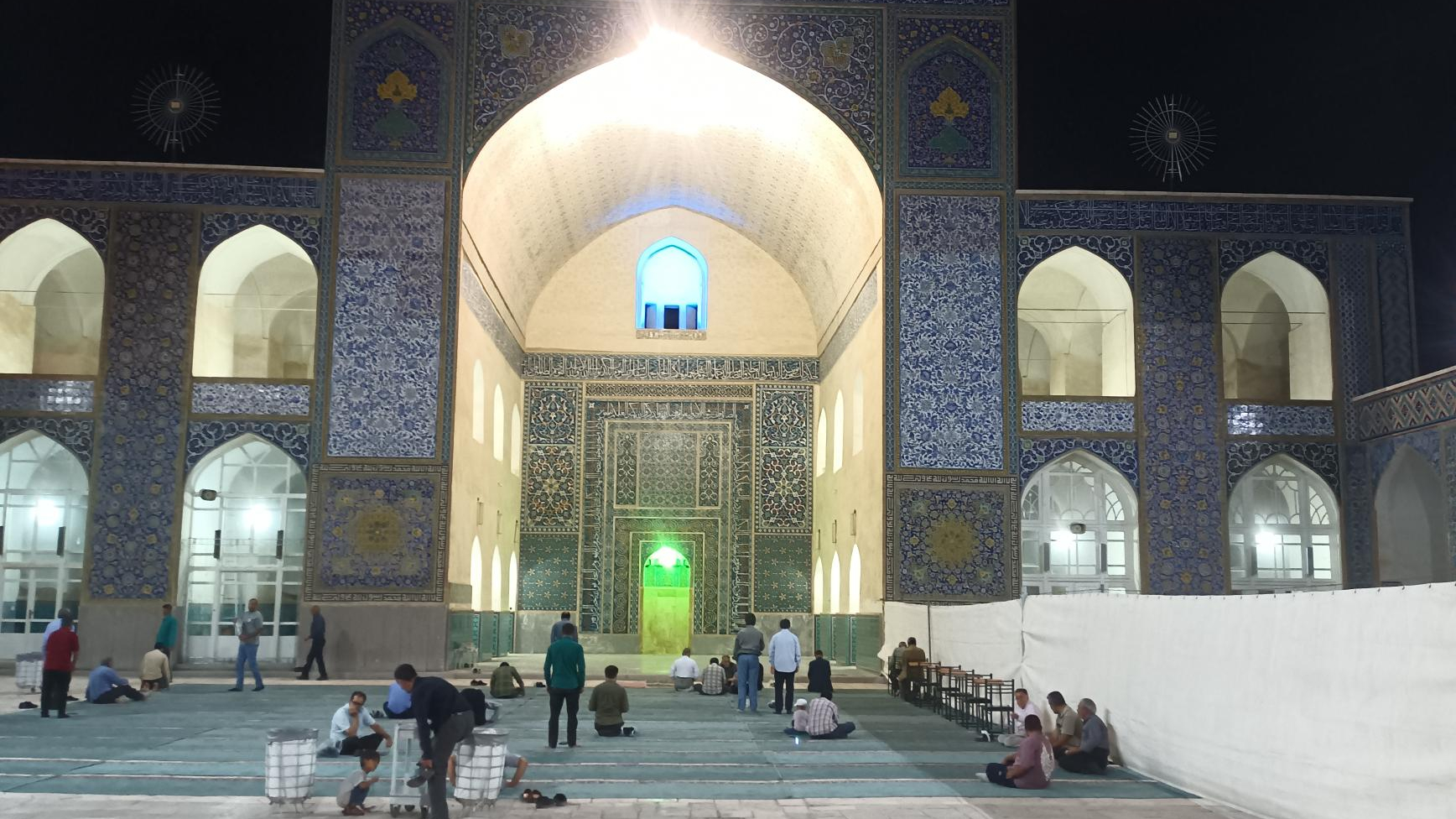
Jameh Mosque of Kerman, located in the city center, is one of the oldest and most significant religious sites in Kerman. Built during the 14th century with later renovations, the mosque features traditional Persian-Islamic architecture, including a grand entrance, spacious courtyard, and intricately decorated prayer hall. Its historical and architectural significance makes it a must-visit landmark for both pilgrims and tourists interested in Iran’s cultural heritage.

Shazdeh (Prince) Garden, located near Mahan in Kerman Province, is a beautiful Persian garden dating back to the Qajar era. Known for its symmetrical layout, flowing water channels, fountains, and lush greenery, the garden exemplifies traditional Persian garden design. Visitors can stroll along its elegant pathways, admire the historic pavilion, and enjoy the serene atmosphere that has made it one of the most cherished gardens in Iran.

Lut Desert (Dasht-e Lut), located in Kerman Province, is a UNESCO World Heritage Site and one of the hottest and most spectacular deserts in the world. Known for its dramatic sand dunes, vast salt plains, and unique geological formations called Kaluts, the desert offers an unforgettable landscape for adventure seekers and nature enthusiasts. Visitors can experience hiking, photography, and stargazing in this striking natural environment, making Lut Desert a must-visit destination in southeastern Iran.
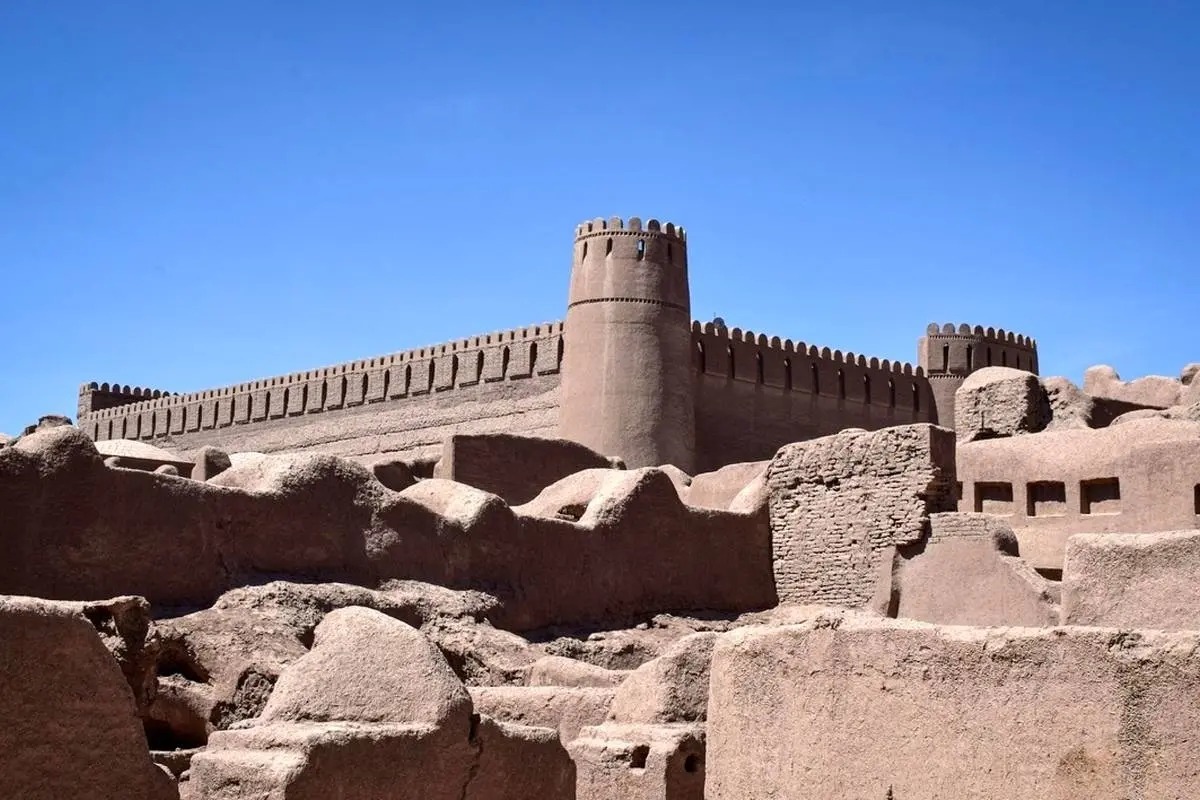
Rayen Castle, located near Kerman, is a well-preserved mud-brick fortress dating back to the Sassanid era. The castle features high walls, defensive towers, and a network of rooms and courtyards that reflect traditional Persian military architecture. Visitors can explore its ancient structures, walk through narrow alleys, and enjoy panoramic views of the surrounding landscape, making Rayen Castle a fascinating historical and cultural site in southeastern Iran.

Bam, located in southeastern Iran, is a historic city famous for the Arg-e Bam, the largest adobe fortress in the world. Dating back over 2,000 years, the citadel features defensive walls, watchtowers, and a network of houses, mosques, and bazaars, reflecting traditional Persian architecture. Despite damage from the 2003 earthquake, Bam has been carefully restored, and visitors can also enjoy the surrounding palm groves, desert landscapes, and local markets, making it a unique destination that combines history, culture, and natural beauty.
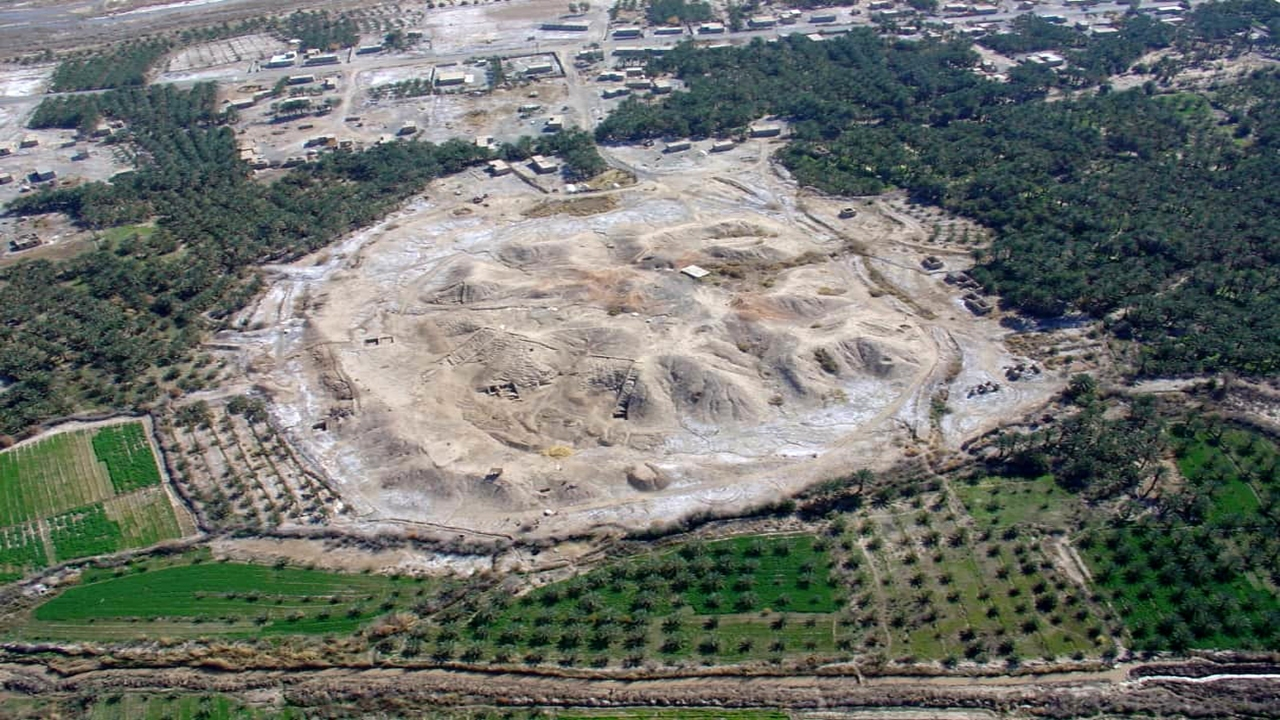
Jiroft, located in southeastern Iran, is an ancient city known for its rich archaeological heritage and fertile lands along the Halil River. The region is famous for the discovery of the Jiroft Civilization, which dates back to the 3rd millennium BCE, showcasing advanced urban planning, pottery, and artifacts. Visitors can explore historical sites, local markets, and the surrounding natural landscapes, making Jiroft a fascinating destination for history enthusiasts and travelers seeking to experience Iran’s ancient culture and lush environment.
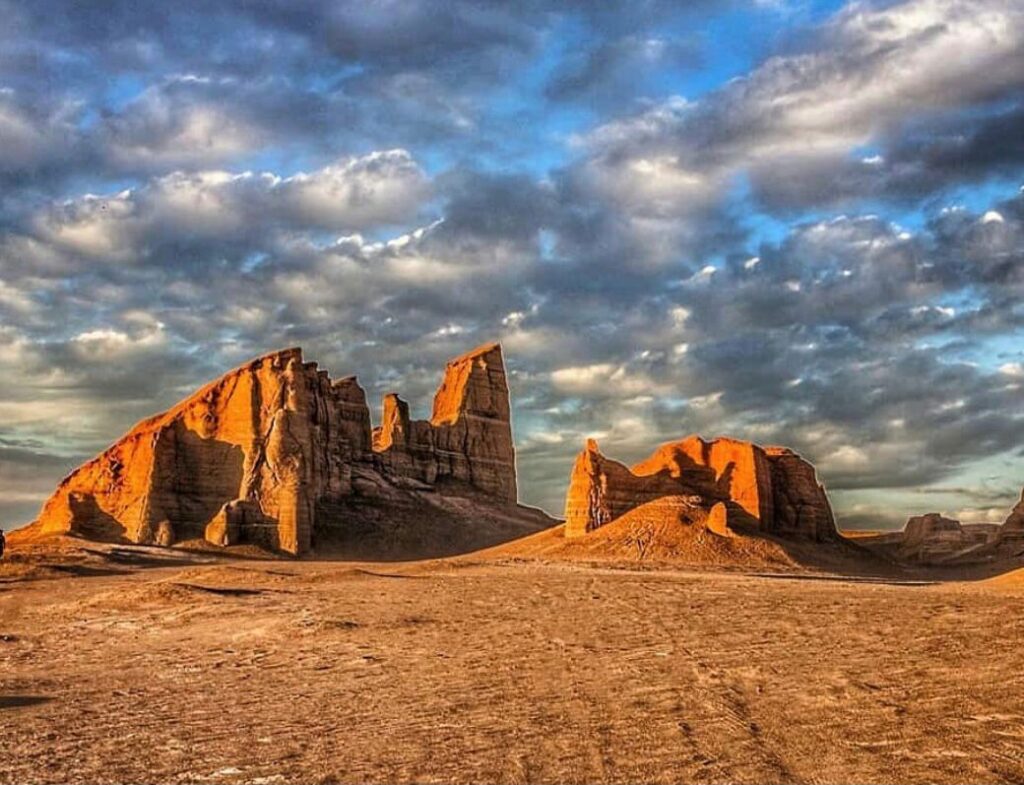
Shahdad, located near Kerman, is a gateway to the spectacular Kaluts of Lut Desert, a UNESCO World Heritage Site. This area is famous for its unique natural formations of sand and rock, shaped by wind and erosion over millennia, creating striking landscapes that attract photographers, hikers, and adventure seekers. Visitors to Shahdad can explore the vast desert, experience the dramatic scenery of the Kaluts, and enjoy sunrise and sunset views over one of Iran’s most extraordinary natural wonders.
+989301903026
+982166126539
Info@Rosha.Travel
Saturday - Thursday 09 Am – 05 Pm
Iran, Tehran, End of Keshavarz Blvd, Corner of Ghajar Alley, North Jamalzadeh St, No. 528, Unit 4, 2nd Floor